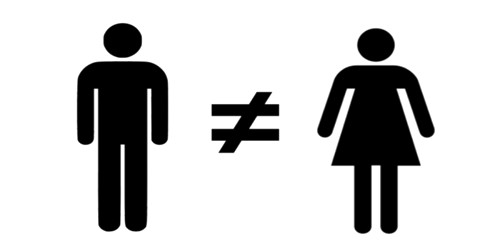Introduction: Leadership is a quality that gives you an edge over others. Some people are known to be born leaders. The quality runs in their family; it is in their genes. Others are inspired by such people and work upon embedding this quality. Some fail at achieving it others are successful in attaining it through continual efforts. While leadership is a powerful quality, leaders possess various other qualities in addition to it that makes for their popularity.
It is suggested to hone it further in order to take your career in the right direction and also to be an inspiration for those around you. However, before you go ahead and hone your skills, it is imperative to understand the different types of leadership styles.
Types of Leadership Styles –
- Democratic Leadership: The subordinates are a part of the decision-making process in this type of leadership. This kind of leadership focuses on the contributions of the subordinates; however, the final accountability of their decisions and actions is that of the leader. This is considered to be one of the most preferred leadership styles.
- Transformational Leadership: This type of leadership is about inculcating change in oneself, group members, organization as well as other factors impacting the performance to enhance the same. A transformational leader inspires others by setting higher goals and motivating them to increase productivity.
- Team Leadership: A team leader involves his team wholly in the project at hand. The leader inspires his team to work hard and together they work to achieve the set goals and evolve the members professionally.
- Strategic Leadership: It involves a leader who is basically the head of a firm but one who does not only shares ideas with the top management. He is involved with the entire team at all the levels. He is known to bridge the gap between the requirement for new possibilities and the need for realism.
- Autocratic Leadership: This type of leadership style focuses on the boss. Here, the leader holds all the authority. He takes decisions solely at his discretion without consulting his team. He communicates the same to his team and expects immediate implementation. He is also the one who is held responsible for his decisions. There is no flexibility here. This kind of leadership has often been criticized.
- Visionary Leadership: This type of leader recognizes the talent and need of his team members. He sets forth a vision of success and the collective efforts required to achieve the desired results.
- Coaching Leadership: A coaching leader constantly guides and supervises his team members to enhance performance. He motivates his team members and encourages them to work harder. This style of leadership has received immense appreciation.
- Facilitative Leadership: A facilitative leader helps his team members run the process efficiently by giving them directions from time to time. This is in case his team is low functioning. In case, it is a high functioning team then this leader employs a light-handed approach.
- Cross-Cultural Leadership: This type of leadership exists when one is to deal with people from different cultural backgrounds. Many leaders working in different organizations in the United States are cross-cultural because people from different cultures are employed there.
- Laissez-Faire Leadership: In this type of leadership, the team members are given authority. They are given the opportunity to work at their discretion with almost no interference from the leader. It is not considered to be an effective leadership style.
- Transactional Leadership: This type of leadership includes an exchange process. The team members here are awarded prompt tangible rewards for implementing the leader’s ideas and decisions correctly.
- Charismatic Leadership: This kind of leader invests time to transform his followers believes, values and behavior to bring out the best in them.
Qualities of a Good Leader –
Here are the five main qualities of a good leader:
- Honesty: Honesty is one of the main qualities of a leader. A leader leads by example. So, if you want your team to look up to you, have faith in your ideologies and follow fair means in the tasks you assign them, it is imperative for you to be honest yourself. A deceitful person may attract people by way of manipulation; however, he will soon lose his credibility.
- Communication: A leader does not think of himself as superior to you and thus does not believe in maintaining a distance. He rather ensures a flow of two-way communication to share ideas, discuss issues and maintain a cordial relation.
- Self-Confidence: The level of self-confidence leaders possess is impeccable. They are sure about themselves and know exactly how to put their point across to inspire their audience. Good leaders also have confidence in their team.
- Transparency: Good leaders do not hide facts or plays games. They maintain transparency while dealing in both personal and professional relationships. This is one of their traits for which they are highly trusted and respected.
- Patience: A person who is impatient loses temper frequently and can never qualify to be a good leader. Possessing patience is one of the main keys to becoming a good leader. Only if a person is a patient can he understand the mistakes of others and help them evolve.
Conclusion: If you possess leadership qualities, you may take up the role of a leader. While you should be comfortable handling this position if you have the required qualities; however, beware about the downside of the same before you make your final decision.
















